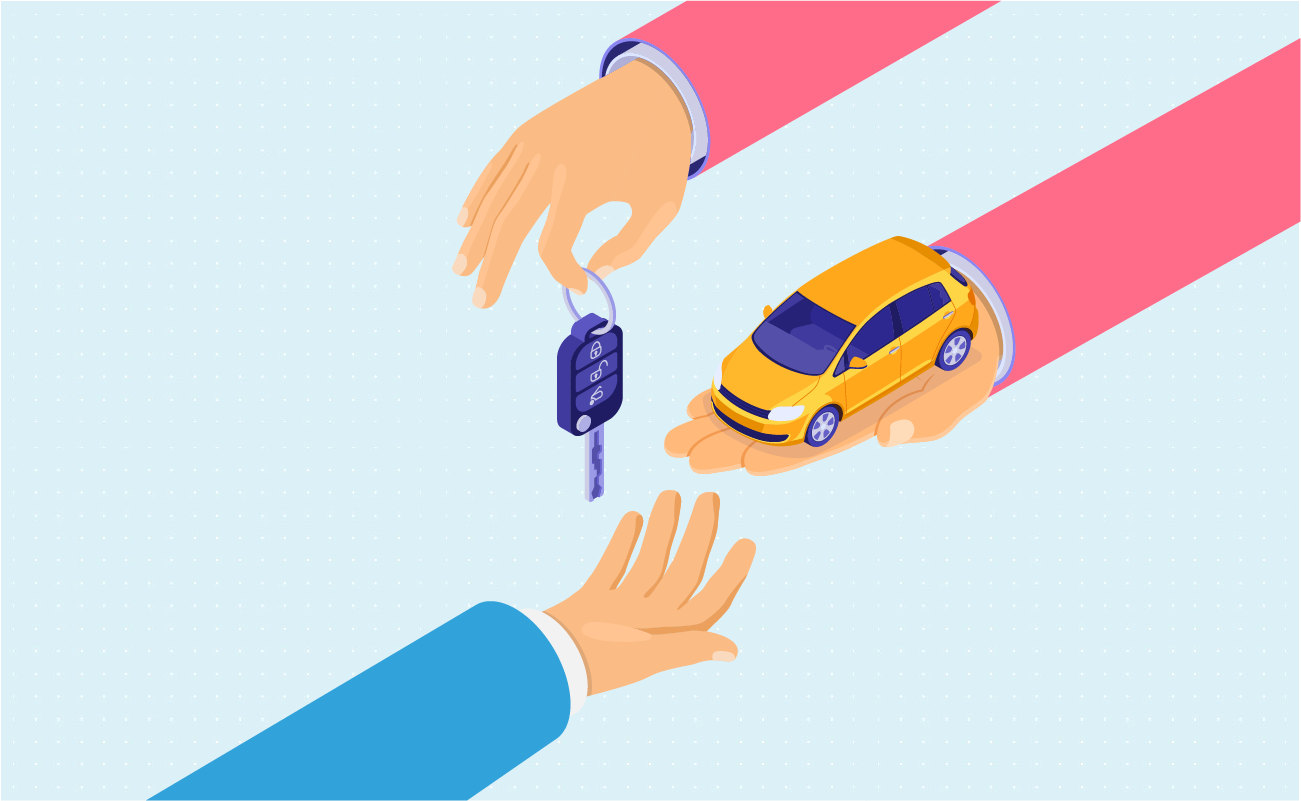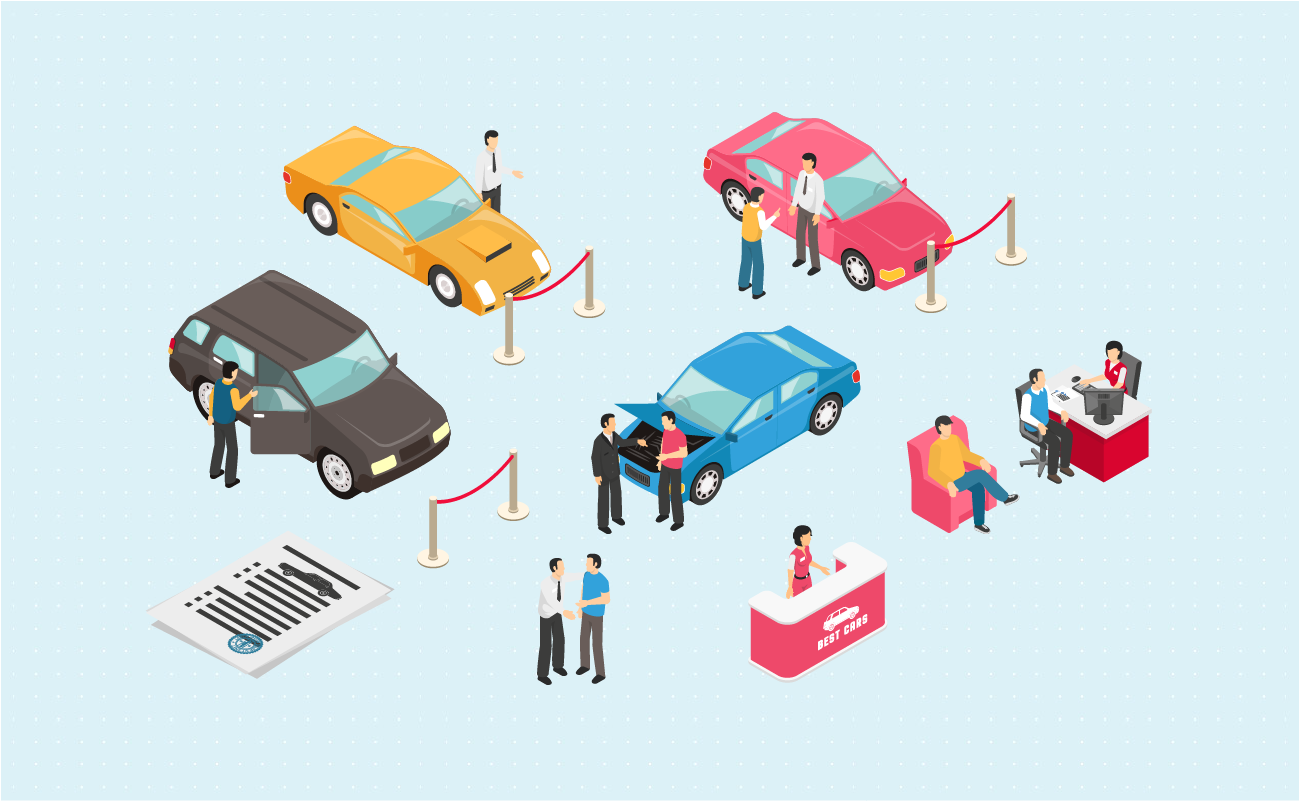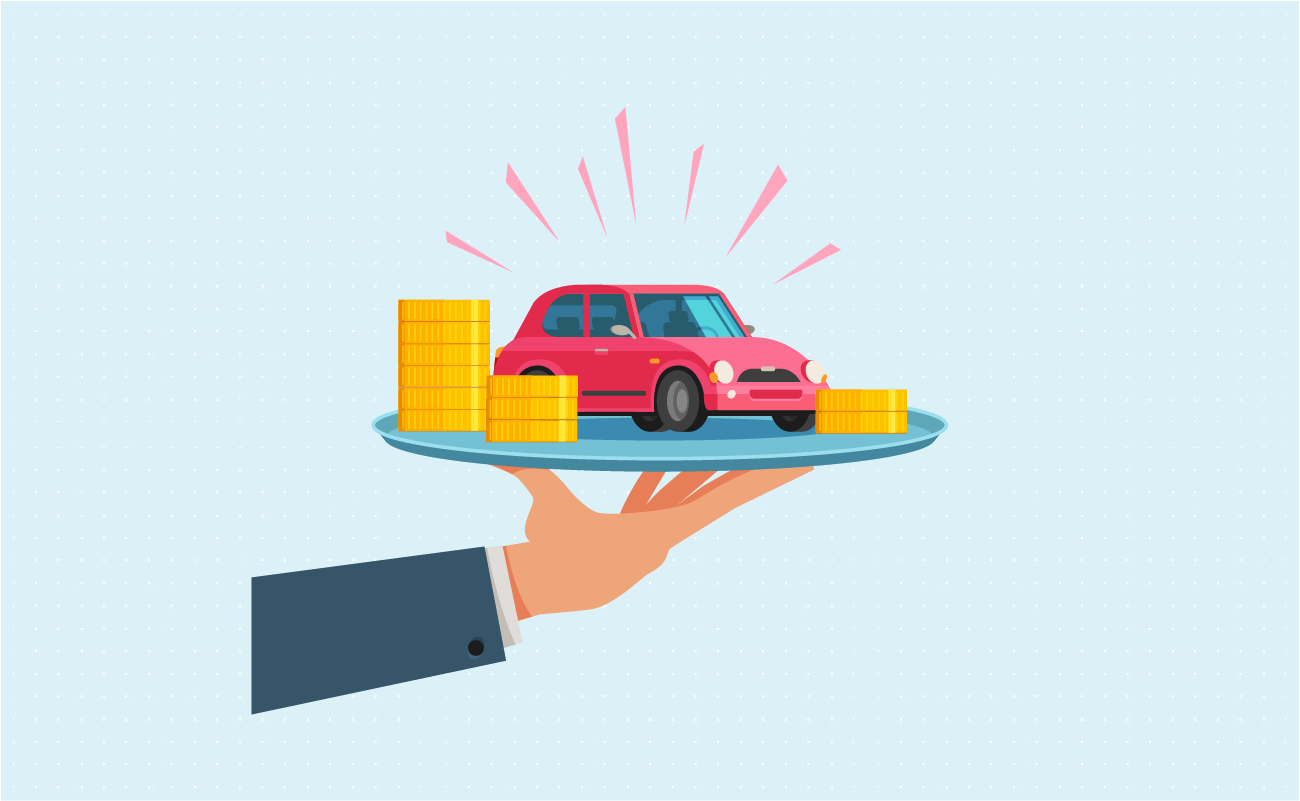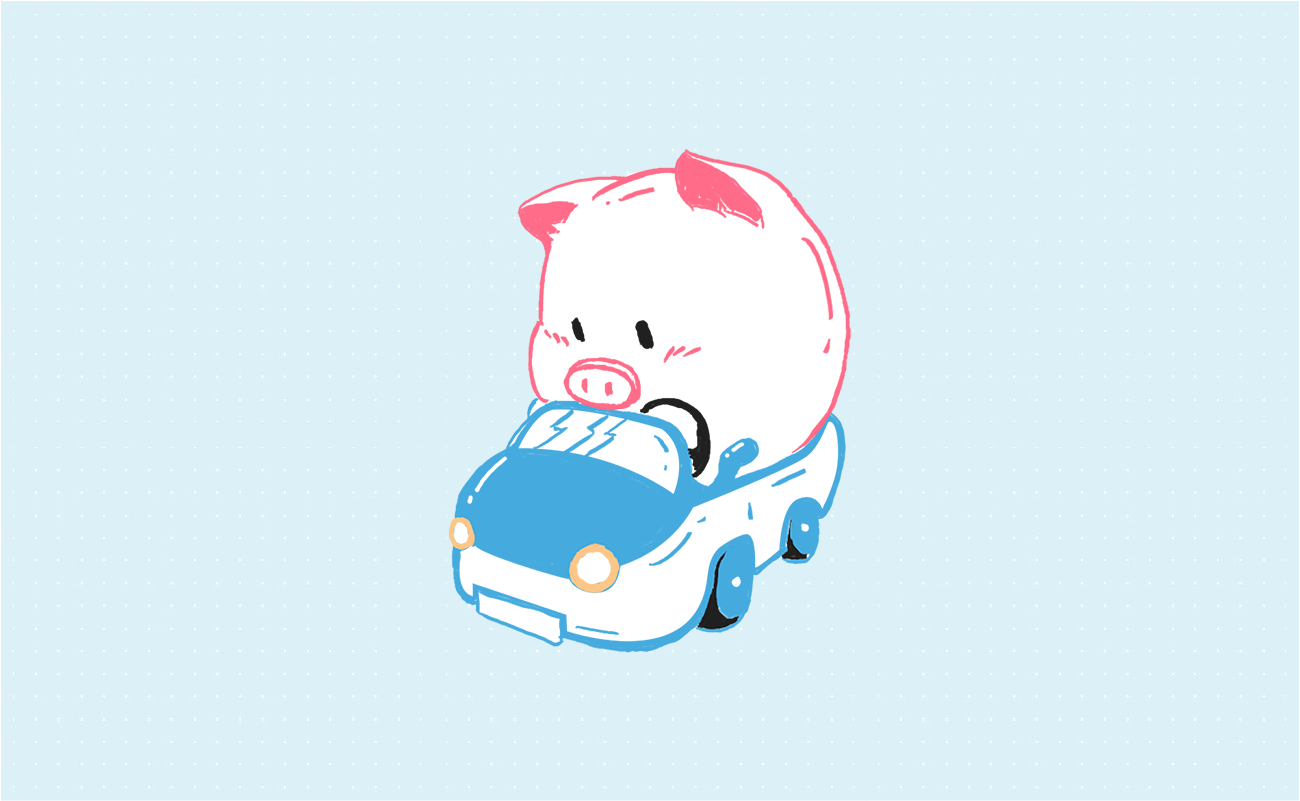Auto Loans
Affordability
Loan Payment Options
Biweekly Payments
Compare Rate & Term
Rebate vs Low Interest
Home Equity Loans
Lease or Buy
 Vehicle Lease Calculator
Vehicle Lease CalculatorUse this calculator to estimate the monthly payment on an automobile you are looking to lease.
Authored by Jose Abuyuan on March 11, 2020
Ever considered leasing a car? You might have been discouraged by a friend.
Many consumers typically find car-leasing less favorable than purchasing one outright. This is because most buyers dislike the idea of paying for a vehicle they can't own. And even with the option to buy the vehicle, leasing is known to costs consumers more monthly than traditional financing over the life of the contract.
But before you completely check it off your list, it's important to understand how it works. Unless you've actually tried leasing a car, most people hardly know anything about the process, its benefits, and actual drawbacks.
In this guide, we'll discuss what car leasing it, how it works, and important processes and terms you should know about. We'll also rundown the pros and cons of leasing to help you know if this option can work for you.

A lease is a contract you sign which specifies the terms you agree to use property owned by another party. When you lease a vehicle, it allows you to drive a car for a particular period of time in exchange for monthly payments. A car's lease term typically ranges between 2 to 4 years.
Unlike financing with the intent to own a vehicle, consumers lease to rent a car. In a typical lease, you must return the unit to the dealer once the lease term ends. This sounds simple enough, until you find out lease terms involve penalties and possible additional charges based on the car's condition upon return. Dealers also often impose penalty fees if you decide to take back the vehicle earlier than agreed.
There are many details you should know before deciding to get a lease. It also pays to do some research so you can negotiate a better deal before signing a contract. Here are the 2 main types of auto lease you can choose from:

The standard lease process involves selecting a new car and applying to a leasing company via a dealership. It entails ironing out details such as specifying the lease term and the number of miles you are allowed to drive the vehicle. Then, you wait for approval, verify the terms, and sign the lease. And once you make a down payment, you can drive away with the car.
The summary above is an oversimplification, of course. There are a lot of details you need to know and attend to when you obtain a lease. Take note of the following measures to get you on the right track.
Just like in auto loans, you need a good credit score to apply for a vehicle lease. The average FICO credit score to obtain approval is 725. But if you have a score of 680 and above, which is still classified as good under FICO standards, you should be eligible for a lease.
When it comes to negotiating a favorable auto lease, it helps to understand basic terms used in the contract. Once you speak with a dealer, they will refer to process terms that you might not be familiar with. Acquaint yourself with the following key terms:

Focus on knowing the cost, then try to negotiate the purchase price down. Do your research and ask around for the lowest price a particular unit can sell (there are plenty of auto sites for this). It's also a good idea not to disclose right away that you're planning to lease. Doing so may give the dealer other ideas to upsell your contract.

Vehicle leasing imposes certain payments and fees that is different from traditional auto loans. You might be surprised to find fees that don't come up in regular financing. Get to know these different costs to prepare yourself for the charges. These payments and fees include the following:
To break down the details of your vehicle's monthly lease payment, use the calculator on top of this page.
The table below highlights the pros and cons of leasing a car.
| Pros | Cons |
|---|---|
| The down payment is smaller, and the monthly payments are lower | Will cost you more over the life cycle of the lease |
| You'll get warranty coverage and maintenance | You don't gain equity/ownership through monthly payments |
| Allows you to drive the latest models that you would otherwise not be able to afford through a loan | Not all contracts let you buyout your vehicle when the lease ends |
| There's lower maintenance cost for leasing new cars | You may incur penalties and fees by the end of the term |
| Considerable tax advantages to company owners | You're not allowed to customize the car |
| You don't have to worry about selling or trading in the car when the lease is through | Getting out of an auto lease is costly |
There are immediate benefits to leasing a vehicle but beware of the disadvantages. Consumers have various reasons for leasing. Since people have different needs, it's best to know which factors matter more before jumping into the contract. Take note of the following advantages and drawbacks before leasing a unit.

Leasing is usually the less costly option to drive a new vehicle. It allows you to use a new unit without putting up with a large down payment and costly monthly payments such as an auto loan. If you want to rent a car without the immediate commitment of purchasing it, this could work for you. People choose this option if they are not yet sure about owning a vehicle.
Leasing is a great way to drive a sleek new car every couple of years without costing an arm and a leg. Standard car loans usually take around 5 to 6 years before you can completely pay them down. If you want to drive a new vehicle by 3 or 4 years, leasing might be a better option for you.
By the time a lease is done, you should have no costly financial obligations on the car. But of course, this is presuming the leased vehicle did not exceed the agreed mileage with no major damages.
Ideally, since the contract duration is short, your lease term should end before the car needs plenty of major fixes. Leased units are also guaranteed by factory warranty. This means you seldom have to worry about maintenance and repair costs while using the vehicle.
This is a good way to update your company vehicles more frequently without longer and more costly payments of a car loan.
When you lease a company car, its payments, interest, tax and maintenance costs are all tax deductible. This includes new breaks, tire changes, inspections, and oil changes. Even the amount of gas used for a company-leased vehicle is tax deductible. If you sell or trade-in a leased company car, you can claim a deductible loss.
Many luxury cars like Mercedes Benz depreciate a lot slower compared to sports cars, which makes the depreciation portion of the lease less expensive. This is less costly in terms of the percentage of value as the car ages.

There are car manufacturers that offer regularly maintenance schedules with no added costs for the entire term of a lease. Make sure to check with your dealer to confirm if your preferred car model comes with such a deal.

By the end of the lease, you would have spent more than the amount on an equivalent loan. This is because you are driving an asset during its rapid depreciating years. If you consider costs on leases every couple of years, you could have spent those monthly payments to own a vehicle.
A major concern with leasing you do not gain equity of the asset. This is in contrast to getting an auto loan where you get more value off the car the longer you use it. In the end, it's more cost-efficient to buy a car and use it until it no longer works.
This lowers the vehicle's flexibility because you pay for extra mileage. If you use up less miles, you're not rebated. But if you use more miles, you're charged extra. You cannot go over a specified number of miles, or you'll deal with penalty fees.
Mileage penalty can range from $0.10 to $0.50 cents per mile. For instance, if you exceed by 2,000 miles, your penalty fee may cost between $200 to $1,000. You can easily spend thousands of dollars on penalty fees if you ramp up more miles.
Driving with factory warranty does not excuse poor car maintenance. Even with free car checkups, you still have to keep the car in good condition. And in many cases, this can be a challenge especially if you rely on your vehicle on a daily basis. The more you use your unit, the more it will likely incur dings, dents, and scratches. And if you have children, you really have to be extra careful.
Dealerships expect you to return the car in ‘showroom condition.' Forget about modifying the speakers or adding dash cams. Save for a few exceptions like professional window tinting, you cannot have new features or fancy tech fitted in the car. If you are keen on personalizing your unit, it's best to save up to buy your own car.
If for some reason you need to relocate and cancel your auto lease, you'll have a hard time. Dealers exact steep penalty fees for early termination.
You'll need to make a hefty lumpsum payment just to get off the hook. It's almost like covering all the payments for the rest of the term. But if you really have to go, ask a trusted friend or family to look after the car for you (and not use it!). They can help you return it once the lease is due.

Most dealers won't allow you to break your lease without penalty. However, another way to break free is to transfer your lease. You can also try to buy out the car early and sell it to recover a portion of the costs.

Now that you're aware of the advantages and drawbacks of leasing, you can identify situations where it's actually more beneficial than buying a car. This is particularly true for certain businesses that require company car service. They also need to update their units every couple of years.
Choosing whether to lease a vehicle largely boils down to your needs and priorities. For some consumers, it gives them the opportunity to try new models every couple of years without worrying about selling the unit.
On the other hand, there are those who prioritize ownership of a vehicle and require a more reliable long-term unit. But overall, staying in the cycle of leasing cars will eventually cost more than buying a vehicle.
Need more information about purchasing a vehicle? Read our complete guide to buying a car and use our car payment calculator.
Jose Abuyuan is a web content writer, fictionist, and digital artist hailing from Las Piñas City. He is a graduate of Communication and Media Studies at San Beda College Alabang, who took his internship in the weekly news magazine the Philippines Graphic. He has authored works professionally for over a decade.